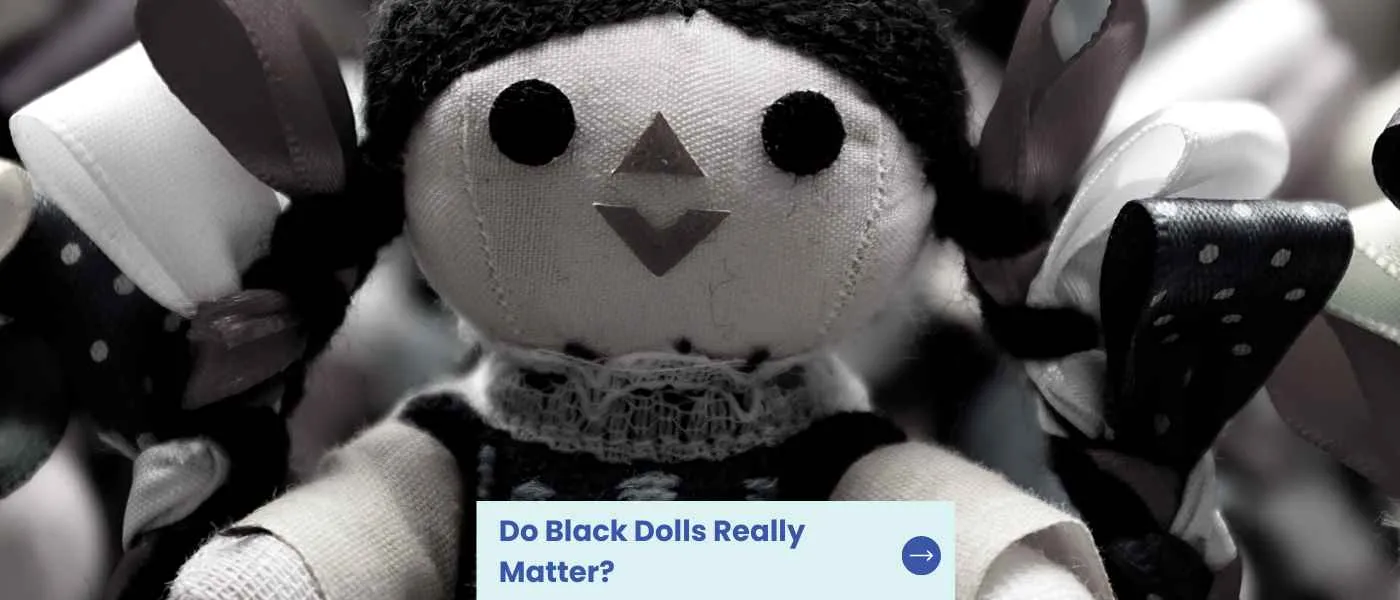During your search for dolls for your child, you have probably come across black dolls sitting on shelves in stores or have seen some online. You’ve also heard of people who attach a lot of importance to the color of the doll they take home to their children. If you’re not one of such people, you probably wonder if black dolls matter and in what sense.
Before we delve deeper into that, here is a quick reminder that Baba Me sells adorable and cuddly black dolls that your little ones will love.
As a child’s first playmate, dolls play an irreplaceable role in their development. Children view dolls as a representation of themselves and help foster the child’s development in the following areas;
- Social Skills- By taking care of dolls, children learn how to care for each other.
- Imagination- The creative and imagined scenarios children create when they play with their dolls help develop the imagination.
- Empathy & Compassion- While playing with dolls, children learn how to process emotions like empathy and compassion.
- Responsibility- Because the child takes care of their doll as they play with it, this instills a sense of responsibility in them.
- Communication- As children play with dolls and each other during their imaginative games, they improve their communication skills and understanding of practical language.
Whereas any doll will influence your kid’s development, adding a black doll complements the above roles with some pretty important ‘lesson.’ And of course, the role of a black role on the development of a black child will slightly differ from that on a white child.
In black children, having a black doll focuses more on self-esteem and acceptance that black is beautiful. For most of the history of modern dolls, beauty was associated with white, blond, and blue-eyed dolls. White was widely accepted as beautiful, while black was considered ‘ugly.’
An American experiment in 1940 put this notion into a better perspective. Two sociologists presented a group of black children with two dolls. One of the dolls was brown with black hair, and the other was white with blond hair. They asked the kid which doll was beautiful, which one was nice, which one they would rather play with. Surprisingly, most of the kids chose the white doll.
The children’s attitude towards the dolls to some extent reflected how they felt towards their brown skin and black hair. They grew up interacting with white dolls, and thus, the widely accepted notion of the early to mid-19th century that white is beauty and black is not was embedded in their minds.
Black dolls have progressed far from then and are easily accessible today. Therefore, when a similar experiment was done in 2009, the majority of the kids chose the black dolls (not long after the first black doll came onto the market) or both. This shows that since black children today interact more with black dolls, they develop knowing that black too is beautiful. They thus gain self-esteem and are confident about their looks.
For white children, playing with a black doll instills inclusivity, acceptance, and appreciation of other races. By playing with both white and black dolls, they are aware of diversity from a young age. Thus, they can extend their sense of responsibility, compassion, and empathy to children of a different race.
So yeah. Black dolls do matter- a lot.
Next Up: History of Black Dolls





